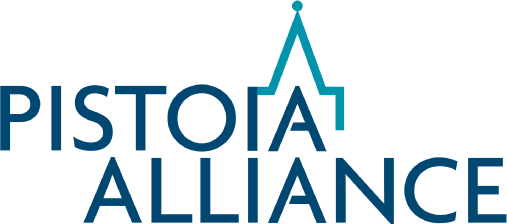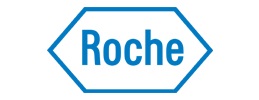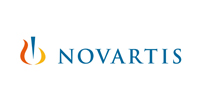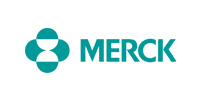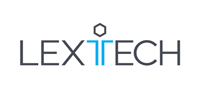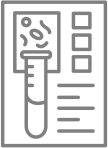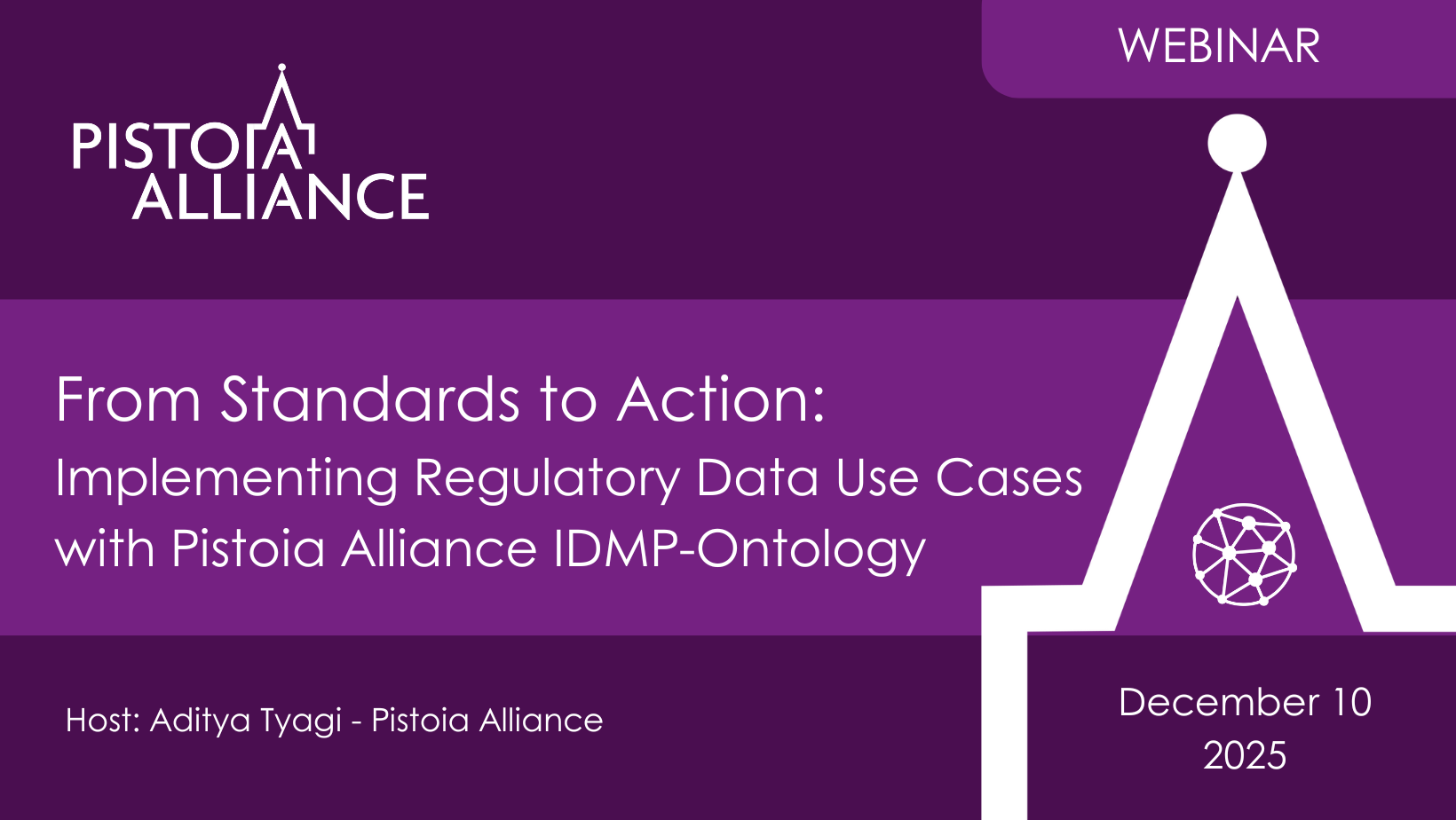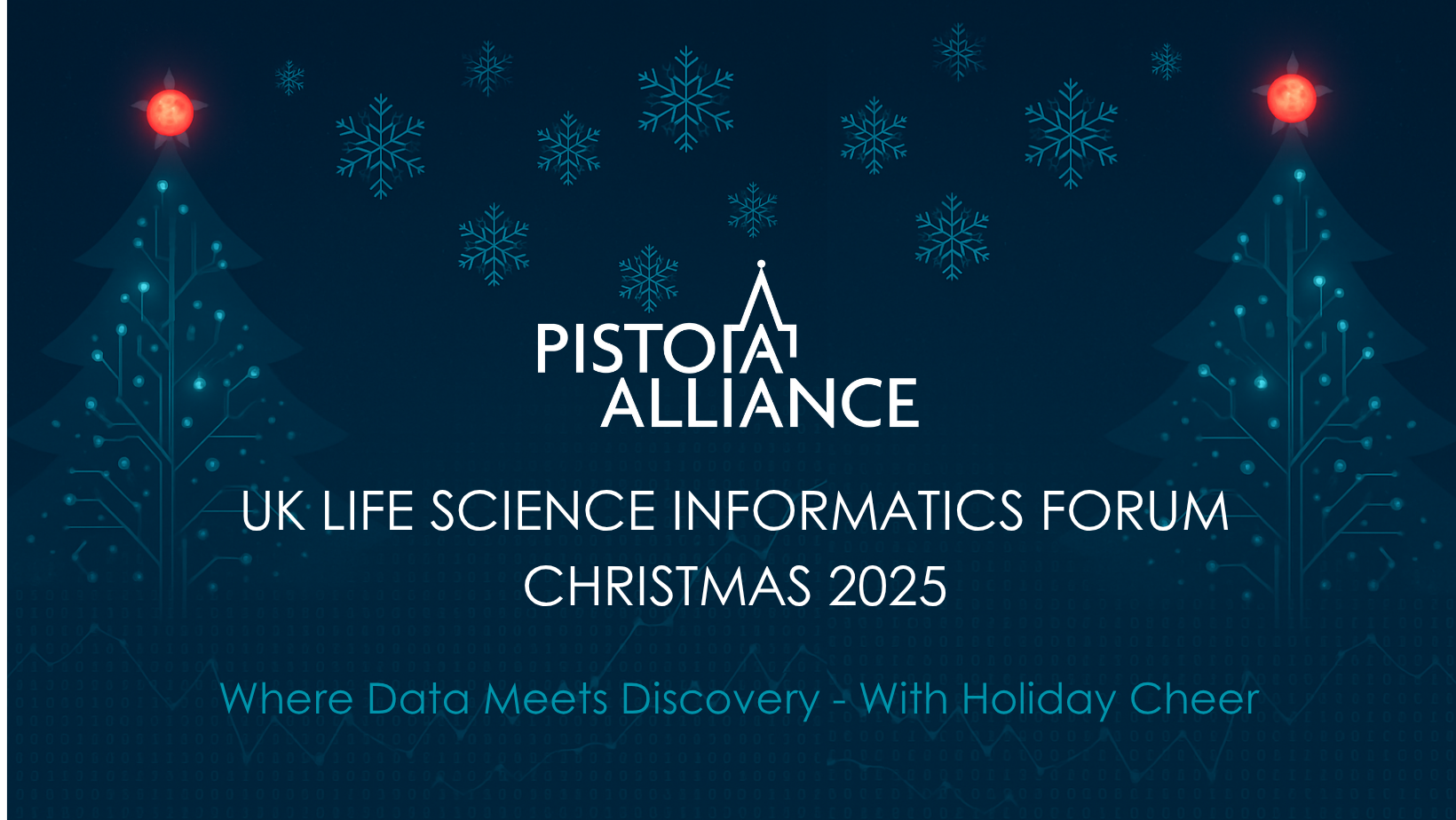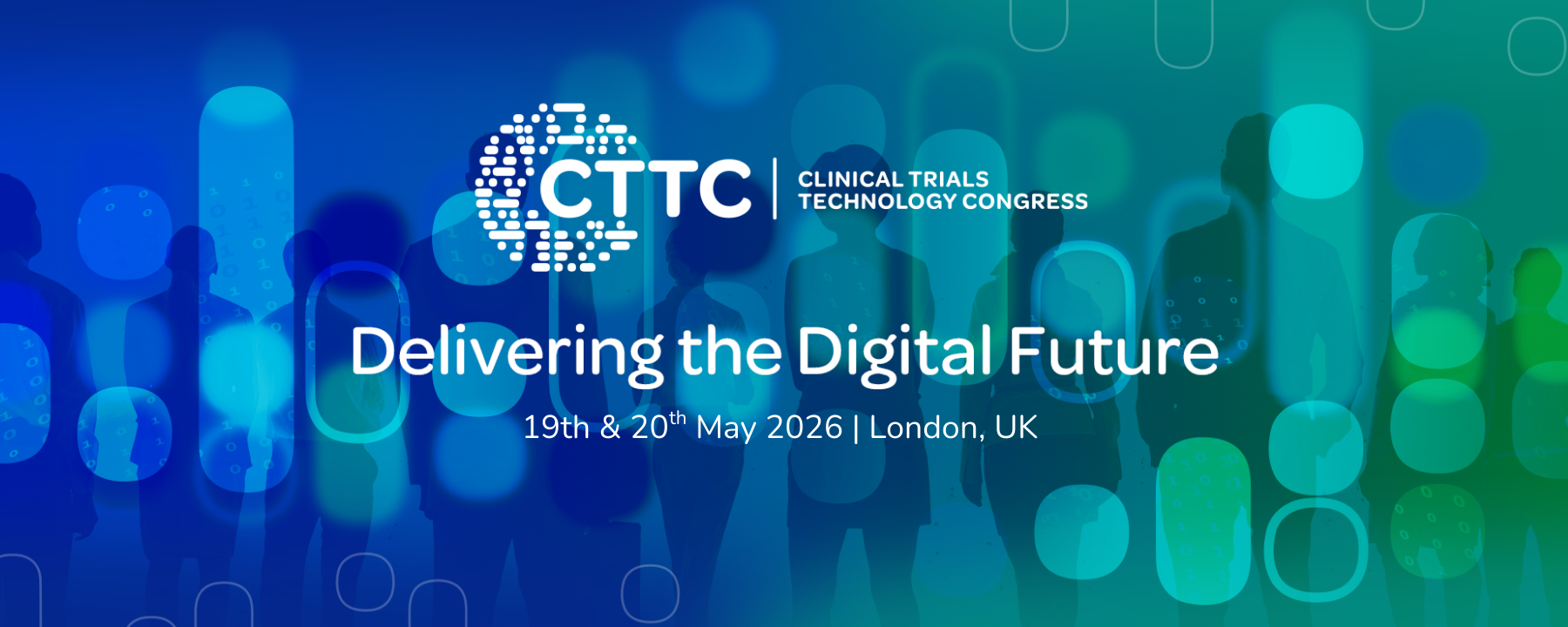Our community develops and delivers best practice guides, blogs, and toolkits to increase the adoption of user experience (UX) practices in life sciences.
Why is this important?
User Experience is critical to digital transformation. Without clear communication and ease of navigation, life science experts will not be able to navigate through the increasing amounts of data they can access. Adopting UX practices in the life sciences will lower the barriers to innovation for the life sciences and empower scientists. We offer many resources such as toolkits, whitepapers, discussion groups, and conferences to foster the growth of the UXLS career path. As we scale UX in our organizations, UX needs to become more efficient and operationalized.
Other key issues we are addressing through the resources we develop and the conferences we include:
- Remote research knowledge sharing
- How to disseminate research findings and insights across organizations
- Data Visualization is an essential skill for UX designers to have in their toolkit
- Exploring new interactions within the lab environment to provide a UX lens on the practicalities of using the latest technologies.
- Change agents in corporations and how we can democratize our UX process to the broader organization.
User Experience (UX) is an evidence-based design process that centres on users’ behaviours and needs. The clear benefits of UX offered in our personal lives, such as in the retail sector, have needed to be faster to percolate to other more complex sectors, such as the life sciences. The adoption of UX in the life sciences comes with its own set of challenges.
Current best practices need to be adapted and developed to scale our UX practices in the life sciences. The UXLS community actively works on sharing and developing best practices. In addition, we seek to raise awareness of UX’s value to the life sciences.
How does the community do this?
The community has built a set of resources focusing on issues faced in developing digital products specifically for R&D in the life science and healthcare environments. The UXLS Toolkit includes UX techniques, methods and business-critical metrics. The UXLS Maturity Model provides a simple framework for organizational maturity of UX practices. The UXLS Research Operations Framework is another notable resource.
Active participants in working groups develop closer ties with world-leading experts across industries, co-creating cross-industry pre-competitive resources while contributing expert time or other in-kind resources.
The Sponsor members of the Steering group ensure governance and strategic support and guide the working groups, enabling strategic cross-industry alignment.
UX experts active in workingstreams meet regularly online to co-create collaborative resources addressing themes including, for example:
- Gen AI and User Experience in the Life Sciences
- Data Visualization and User Experience in the Life Sciences
- User Research Practices in the Life Sciences
The UXLS Community members are invited to participate in regular informal online sessions to share their experiences (e.g. case studies, current practices).
Get involved in the UXLS Community
Talk to our project manager, Farah Egby to learn more.
Contact Us